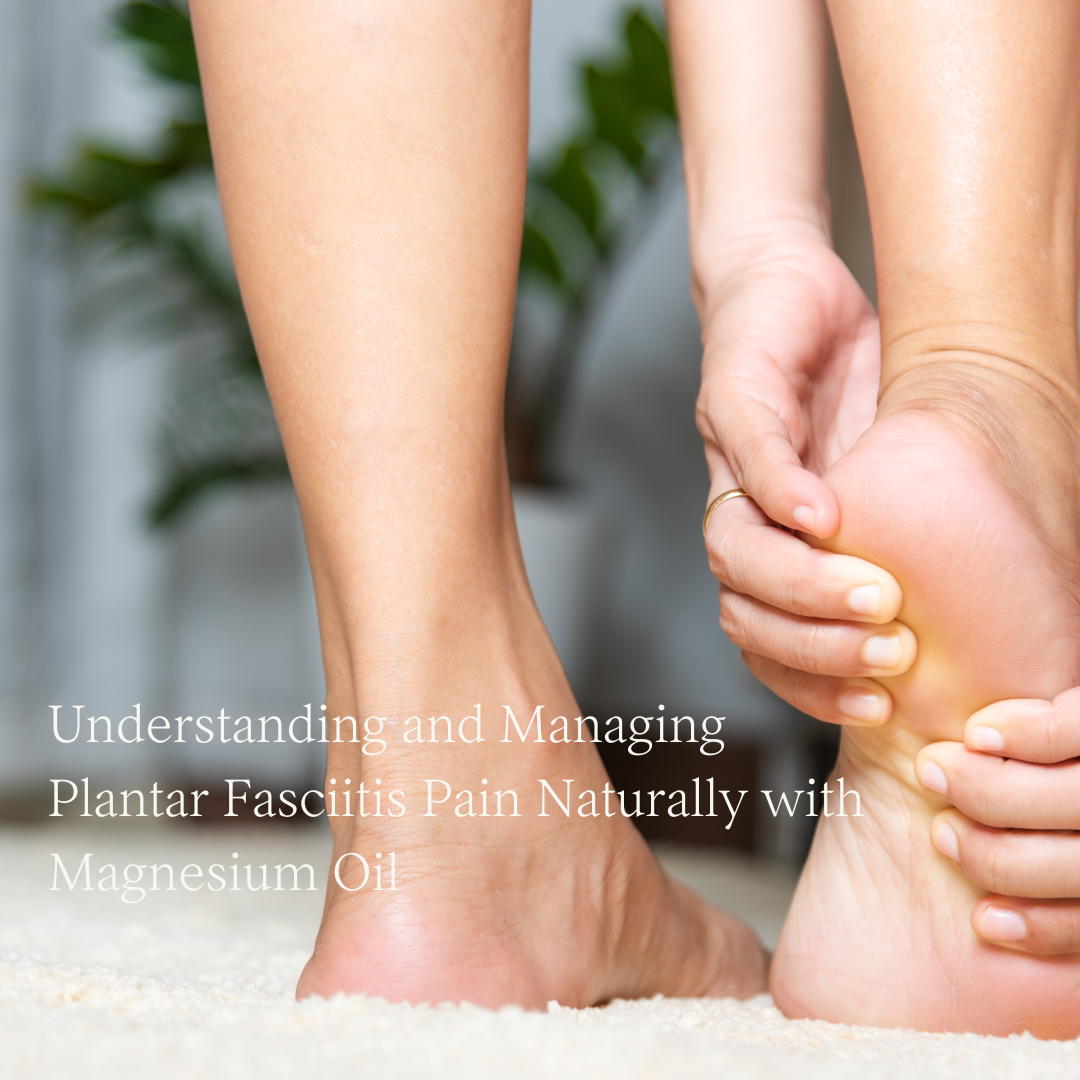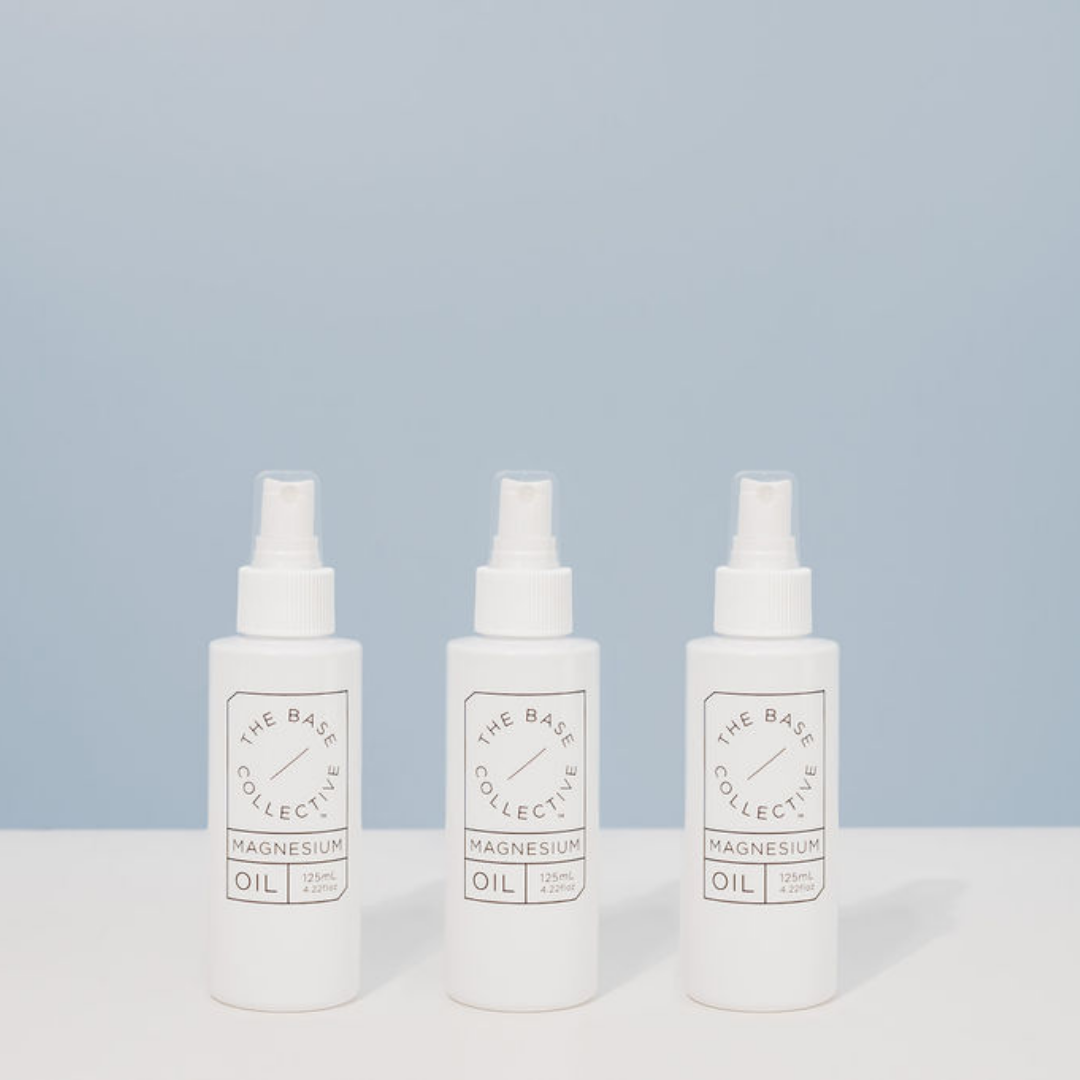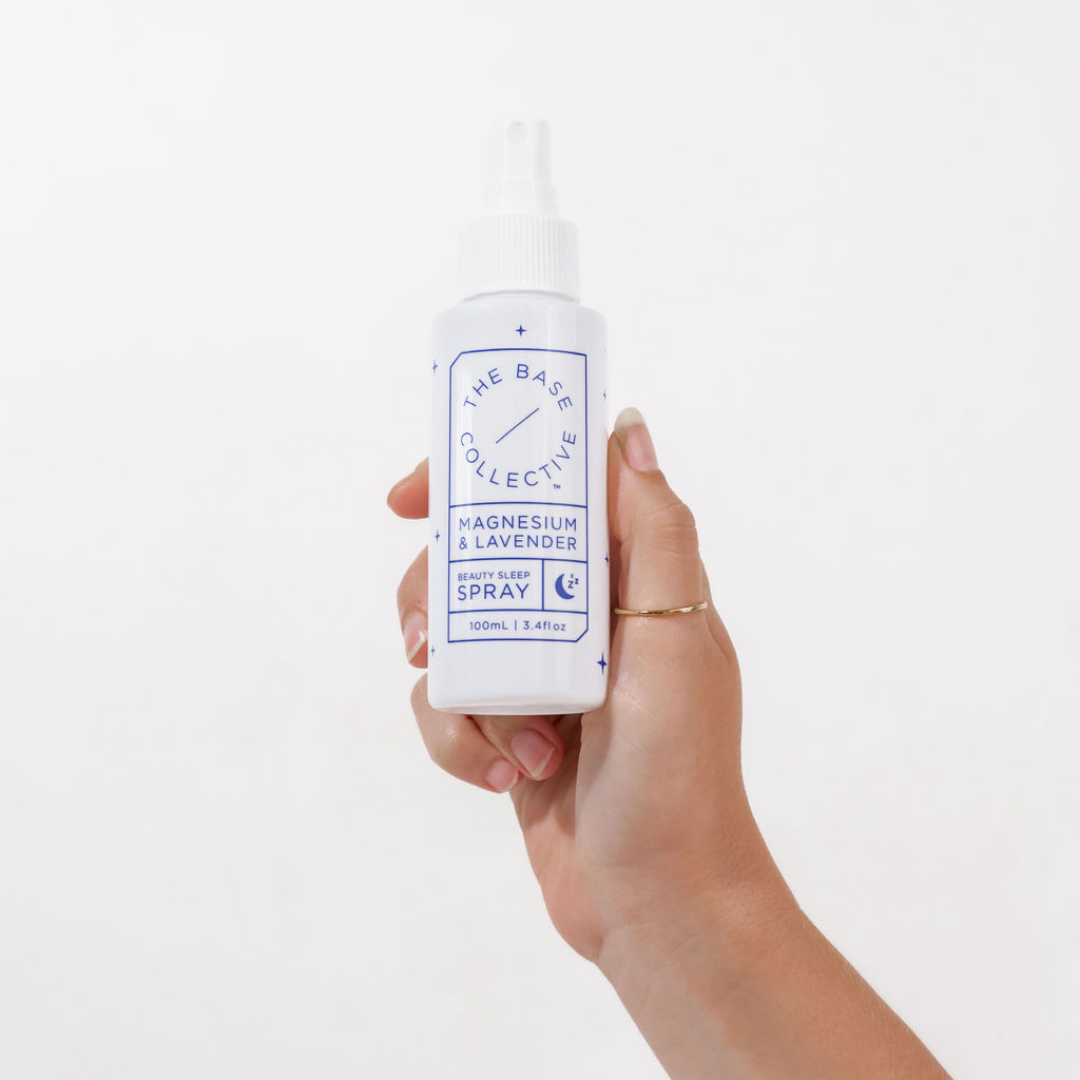
Understanding and Managing Plantar Fasciitis Pain Naturally with Magnesium Oil
Plantar fasciitis is a common yet painful condition affecting millions of people worldwide. Characterized by sharp, often debilitating pain in the heel, this condition can interfere with daily life and mobility. Fortunately, there are natural remedies that can help manage and reduce this pain effectively. One such remedy is magnesium oil, known for its muscle-relaxing and anti-inflammatory properties. In this article, we’ll explore what plantar fasciitis is, its causes, symptoms, and how simple tips—including using magnesium oil and ice therapy at home — can provide effective relief.
What is Plantar Fasciitis?
Plantar fasciitis is a condition that results from inflammation of the plantar fascia, a thick band of tissue that connects the heel to the toes and supports the arch of the foot. This tissue plays a crucial role in absorbing shock during walking or running. When it becomes strained or injured, inflammation can occur, leading to the characteristic pain of plantar fasciitis. The pain is most commonly felt in the heel, especially during the first steps in the morning or after prolonged periods of rest.
Causes of Plantar Fasciitis
Plantar fasciitis is often caused by a combination of lifestyle and physical factors. Here are some of the most common causes:
- Lifestyle factors: Individuals who spend long hours on their feet, particularly on hard surfaces, are at increased risk. Wearing unsupportive footwear, such as flat shoes or high heels, can also contribute.
- Physical contributors: Certain foot shapes, such as high arches or flat feet, can strain the plantar fascia. Tight calf muscles and Achilles tendons also place added stress on the heel and plantar fascia.
- Sports and activities: High-impact sports like running, dancing, or jumping can increase strain on the plantar fascia, leading to inflammation and pain over time.
Understanding the specific causes of your plantar fasciitis is essential in choosing the most effective treatments and preventive measures to relieve pain and prevent recurrence.
Recognising the Symptoms of Plantar Fasciitis
Identifying the symptoms of plantar fasciitis can help distinguish it from other types of foot pain. Here are some key symptoms to look for:
- Heel pain upon waking: Many people with plantar fasciitis experience sharp, stabbing pain with their first steps in the morning. The pain may lessen as the foot warms up, only to return after prolonged sitting or standing.
- Localized heel pain: The pain is typically focused at the bottom of the heel, though it may sometimes extend along the arch.
- Increased pain after activity: Activities like running or long walks can intensify the pain, especially if no supportive footwear is worn.
If these symptoms persist despite home treatments, it may be time to consult a healthcare professional to confirm the diagnosis and discuss treatment options.
Home Remedies to Ease Plantar Fasciitis Pain
Several simple yet effective home remedies can help manage and reduce plantar fasciitis pain:
- Rest and modify activities: Reduce or avoid activities that place strain on the feet, such as running, to allow the plantar fascia time to heal. We understand this is easier said than done when we all lead busy lives with work, parenting and sporting (our own and our children's!) commitments. So even if you can elevate your foot at the end of the day whilst relaxing watching your favourite show will help.
- Proper footwear and inner soles: Wearing shoes with good arch support and cushioning can significantly reduce pain. Consider using inner soles, which help reduce the extra space within the shoe, minimising foot movement and potential strain on the plantar fascia. Orthotic inserts also help stabilise the arch, further preventing excess movement that can worsen symptoms.
- Stretching exercises: Regularly stretching the calves, Achilles tendon, and plantar fascia helps alleviate pain and prevents the fascia from becoming too tight. 10 simple calf raises whilst waiting for your coffee to brew each morning can make a difference.
- Ice therapy: Applying ice can help reduce inflammation and numb the pain, providing temporary relief. One easy way to use ice therapy is to fill a plastic bottle (like an old soda bottle) 3/4 full with water, freeze it, and then use it to roll under the foot. This combines icing with gentle massage to relieve discomfort and reduce swelling.
Alongside these remedies, incorporating magnesium oil into your routine can further enhance relief, as we’ll explore in the next section.
How Magnesium Oil Helps Relieve Plantar Fasciitis Pain
Magnesium plays a vital role in muscle relaxation and nerve function, making it an excellent choice for managing plantar fasciitis pain. Here’s how magnesium oil can help:
- Reduces inflammation: Magnesium oil helps to reduce inflammation in the affected area, which can lessen the discomfort of plantar fasciitis.
- Relaxes tight muscles: By helping muscles relax, magnesium oil eases tension in the plantar fascia and surrounding muscles, providing relief.
- Improves circulation: Applying magnesium oil increases blood flow to the area, promoting healing and reducing muscle stiffness.
Regular application of magnesium oil can make a noticeable difference in reducing pain and inflammation associated with plantar fasciitis.
Simple Ways to Use Magnesium Oil for Plantar Fasciitis Relief
Using magnesium oil for plantar fasciitis is simple and convenient. Here’s how to maximize its benefits:
- Apply directly to the foot: Spray magnesium oil onto the soles of your feet, focusing on the heel and arch. Use a circular motion to massage it in gently.
- Apply before and after activity: For optimal results, apply magnesium oil before engaging in activities that may stress the feet, and again afterward to soothe any discomfort. Applying it before a sporting activity or even first thing in the morning helps to relax the muscles, relieve pain and get on with your day.
- Combine with a foot massage: After applying the oil, gently massage the foot, paying special attention to the plantar fascia area. This can further reduce tightness and pain.
With regular use, magnesium oil can offer a natural, non-invasive method to relieve and manage plantar fasciitis pain effectively.
Additional Tips for Managing Plantar Fasciitis
In addition to magnesium oil, ice therapy, and supportive footwear, there are several lifestyle adjustments and practices that can further relieve pain and promote healing:
- Foot stretching and strengthening exercises: Exercises that target the calves, Achilles tendon, and toes can help stabilize the foot and reduce strain on the plantar fascia.
- Gradual return to activities: When resuming physical activities, take a gradual approach to avoid re-injuring the plantar fascia. Time for the injury to heal is important for long term health.
Consistently practicing these habits, along with using magnesium oil, ice therapy, and proper inner soles, can provide long-term relief from plantar fasciitis.
Preventative Measures to Avoid Plantar Fasciitis Recurrence
Preventing the recurrence of plantar fasciitis involves lifestyle adjustments and proper foot care. Here are a few tips:
- Maintain a stretching routine: Regularly stretching the calves, Achilles tendons, and plantar fascia can keep these muscles flexible and reduce strain. As mentioned above, incorporating 10 calf raises each morning whilst waiting for your coffee or tea to brew is a good habit to adopt to relieve pain and strengthen the muscles that support the foot.
- Wear supportive footwear with inner soles: Choose shoes with good arch support, and consider using orthotic inserts to minimise foot movement, especially if you spend long periods on your feet.
- Daily use of magnesium oil: Applying magnesium oil to the soles of your feet each day can help reduce muscle tightness, improve circulation, and keep the plantar fascia relaxed and less prone to inflammation.
- Avoid excessive foot stress: Try to avoid prolonged standing on hard surfaces or high-impact activities that strain the feet.
Taking these precautions can help prevent plantar fasciitis from returning and keep your feet healthy and pain-free.
Plantar fasciitis can be a painful and limiting condition, but natural remedies like magnesium oil, ice therapy, and supportive inner soles offer simple and effective solutions for managing the discomfort. By incorporating these remedies into your routine, along with lifestyle adjustments and footwear modifications, you can relieve pain and promote healing naturally. Remember, consistency is key, and with the right approach, you can get back to enjoying daily activities without the burden of foot pain.
The information provided by The Base Collective is not intended to be used as medical advice and should not take the place of professional or medical advice. Always seek the guidance of your doctor or other qualified health professionals with any questions you may have regarding your health or medical condition.







Leave a comment
This site is protected by hCaptcha and the hCaptcha Privacy Policy and Terms of Service apply.